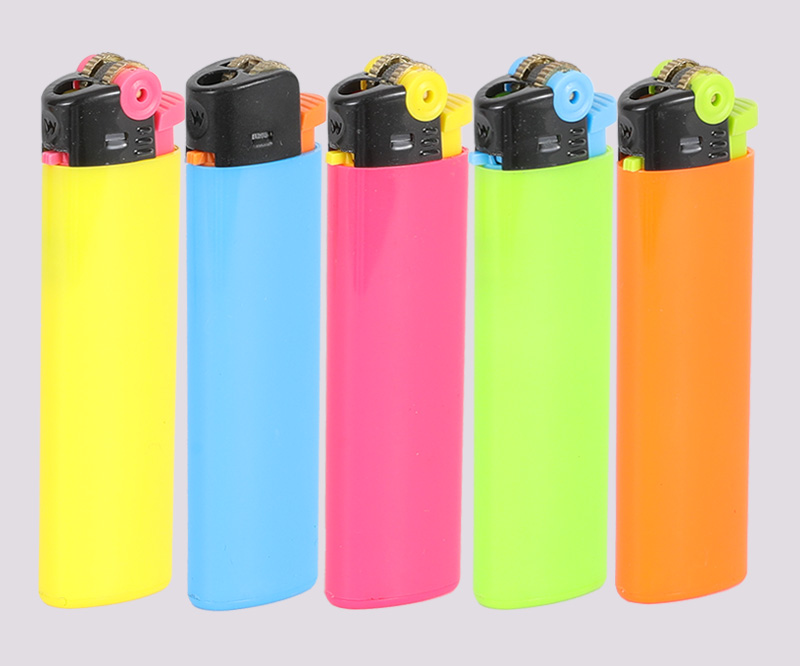Summary:1. Lighters cannot be used as candles, flashlights or other devices that burn for a long time.
2. Li...
1. Lighters cannot be used as candles, flashlights or other devices that burn for a long time.
2. Liquid gas lighters: This type of lighter has an obvious gas outlet, and the internal fuel component is liquid hydrocarbons, such as hexane. The standard vapor pressure is 24 ° C and cannot exceed 34.5kpa.
3. Gaseous lighters: The internal fuel components of these lighters are liquefied hydrocarbons, such as butane, isobutane, and propane, whose standard pressure is over 104kpa at 24°C.
4. Post-mix lighter: This type of gas lighter burns air and fuel after ignition.
5. Pre-mixed lighters: The fuel gas and air of these gaseous lighters are mixed first and then burned.
6. Disposable lighters: These lighters are filled with fuel when they are made and cannot be recharged.
7.
Refillable lighters: These lighters can be refilled with an external gas tank or inserted into a new fuel tank.
8. Adjustable lighter: This type of lighter provides a device that can freely adjust the flame height.
9. Non-adjustable lighters: These lighters do not provide a device to adjust the flame height, and the burning height is preset by the manufacturer.
10. Self-adjustable pipe lighters: These lighters provide a device that automatically raises the flame height when going from upright to tilted, which is specially designed for pipes.
11. Self-extinguishing lighters: This type of lighter requires continuous purposeful and active action after ignition to maintain the flame. Once the action is stopped, the flame will automatically extinguish.
12. Non-self-extinguishing lighters: These lighters do not require intentional or active action to maintain the flame, but require action to extinguish the flame.
13. Flame height: the straight-line distance from the head of the shield to the top of the visible flame, if there is no shield, it refers to the straight-line distance from the end of the exposed wick or the top of the valve port of the gas box to the top of the visible flame.
14. Windshield: completely or partially wraps the gas box valve port of a gas lighter or the air duct of a liquid lighter.
15. Gas tank valve: The part that the lighter controls the gas release.
16. Air outlet: the location where the fuel gas is released.
17. Flashover: different flame heights under continuous burning conditions.
18. Continuous spontaneous combustion: The flame spreads due to unintentional actions, such as falling and causing ignition and continuous combustion.
19. Explosive fire, splash fire: the phenomenon of droplet combustion in which the unconcentrated liquefied gas of the gas lighter escapes and separates from the main flame.
20. Flame: Visible to the naked eye or slightly darker under normal lighting conditions and generates heat, often accompanied by glowing fuel combustion results.
21. Ignition: To ignite a flame in a specific way using the ignition device and fuel release system built into the lighter.


